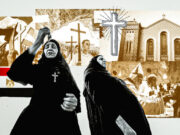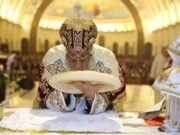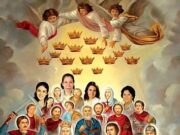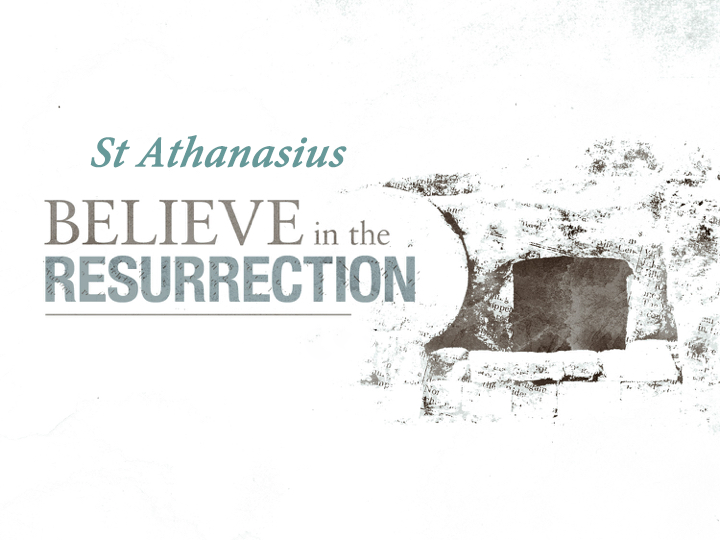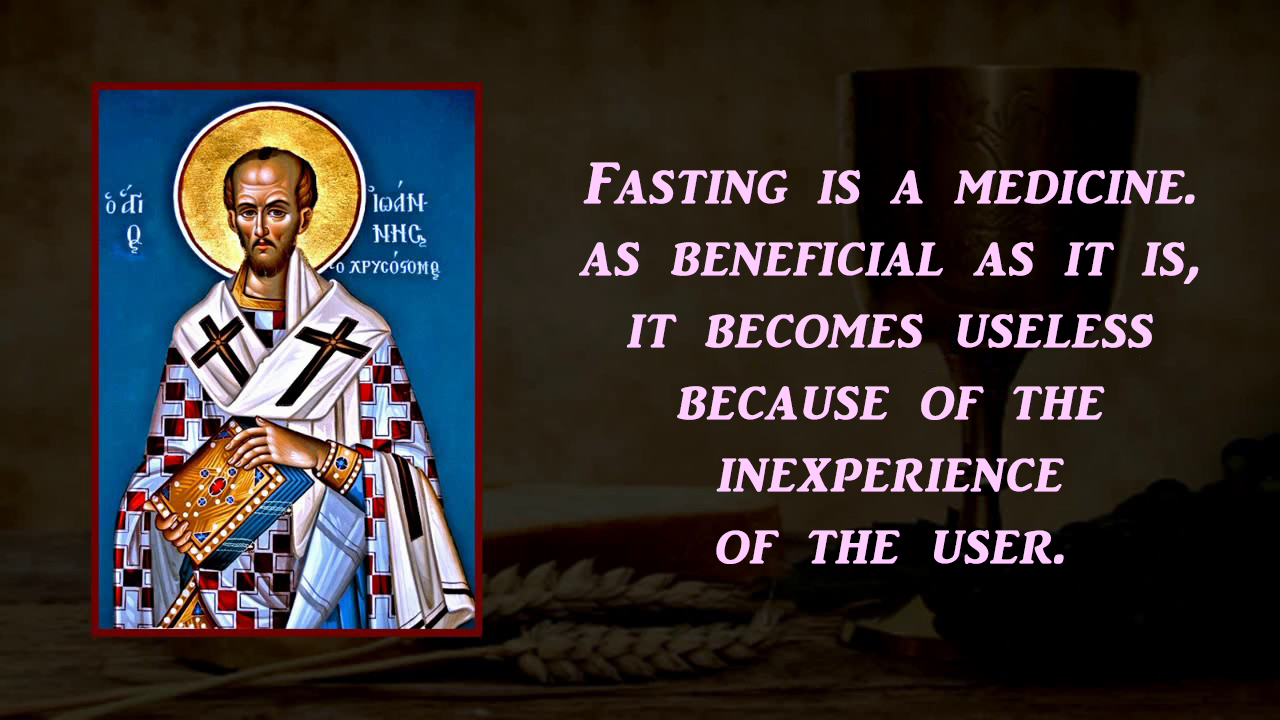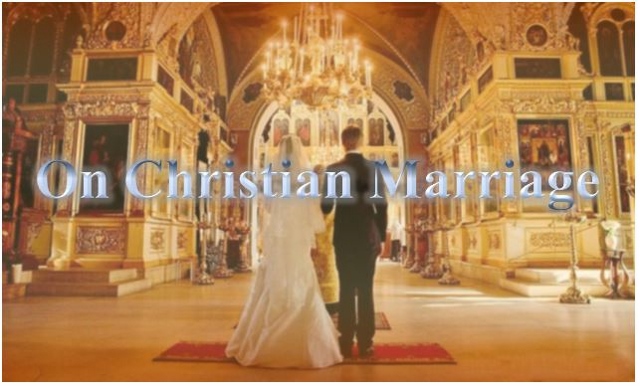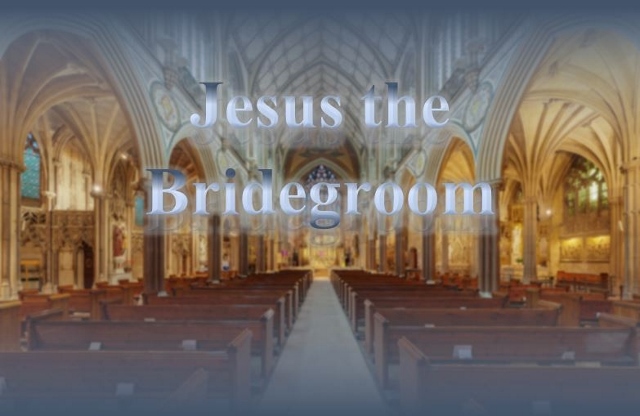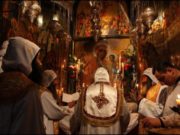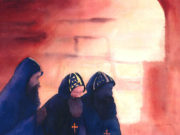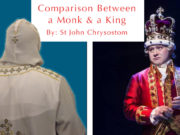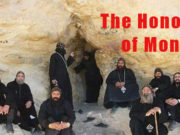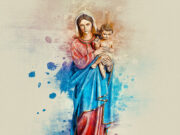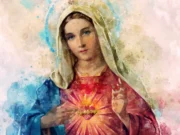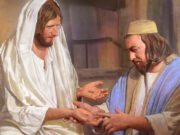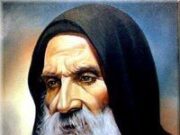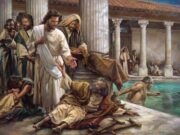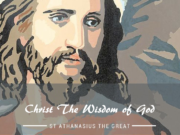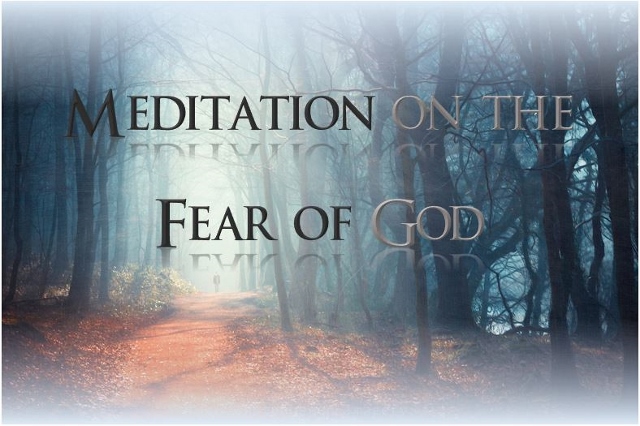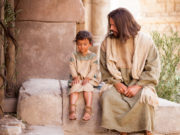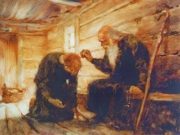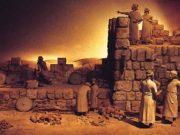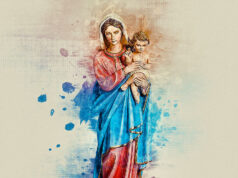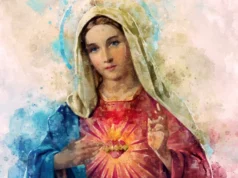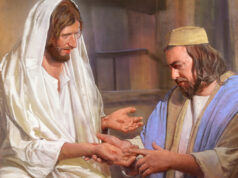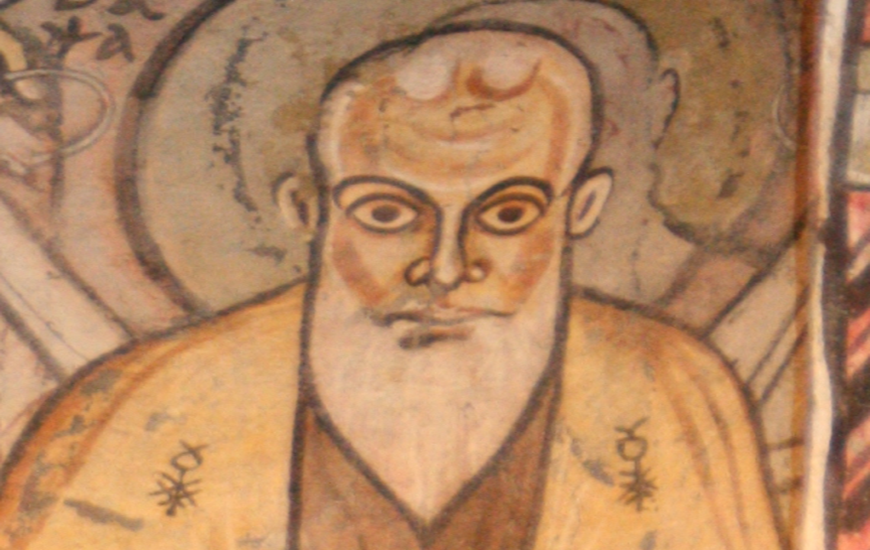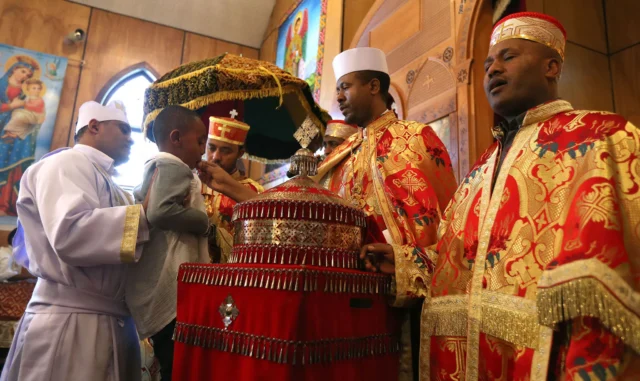
Christianity Started in Ethiopia in the time of the Apostles, when a eunuch of great authority under Candace queen of the Ethiopians was baptised by the hands of St Phillip (Act 8:26-40). After his return to Ethiopia he told the Queen of his encounter, so she declared Christianity to be the official religion of Ethiopia. The king who succeeded Queen Candace forced Christian to put on a blue ribbon on their shoulders to distinguish them from the pagans. The Christians did so happily but they sawed crosses on this ribbon which they called (matb).
During the papacy of Saint Athanasius (365-297) AD, a rich merchant and his two sons Frumentius and Aedesius, were shipwrecked at one of the neighboring ports to Ethiopia, where they killed the father and the servants who came with him, and spared the lives of Frumentius and Aedesius. When the king of Ethiopia saw the boys he loved them and gave them a job in his palace. After the kings death the two brothers wanted to go back to their homeland but the queen asked them to stay with her until one of her sons is enthroned.
After the new king was enthroned the two brothers went to their homeland. Later on Frumentius went to Alexandria to express to St Athanasius the need of the Ethiopian people for a shepherd to look after the church and the spiritual needs of the congregation. St Athanasius seeing the zeal of Frumentius, decided to ordain him a bishop over all of Ethiopia in the year 330 AD by the name Salama (Father of Peace) or Kesate Berhan (Revealer of light)..
From this we see the close links from the beginning between the Ethiopian and Coptic Church. The tradition begun by St Athanasius continued until the late 50s of the 20th century with the Patriarch of Alexandria sending the ‘Abuna’ to lead the Ethiopian Church. Obviously there were difficulties in having a foreigner who often did not speak the language as head of the Church on earth, but there were no Ethiopian bishops until the 20th century.


